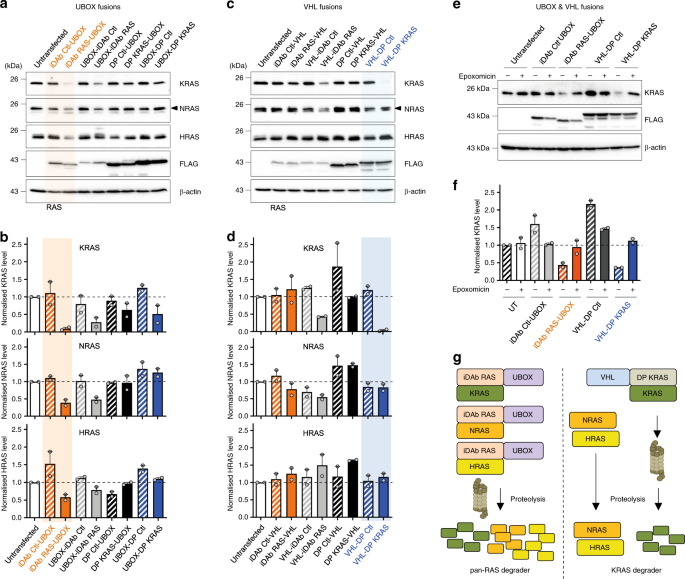- Select a language for the TTS:
- UK English Female
- UK English Male
- US English Female
- US English Male
- Australian Female
- Australian Male
- Language selected: (auto detect) - EN
Play all audios:
Sir, We read with interest the clinical study by Leslie _et al_,1 in the May (2003) issue of Eye. The authors eloquently showed the contamination results before and after the use of an
automated rinsing system. They hypothesized that the contamination may be the cause of endophthalmitis found in their unit, but another observation can be made from their results. The
contaminants noted by the authors included organisms, lens capsule and cells. The question of whether these organisms were viable or not is certainly significant but the finding of lens
material may pose a risk of transmission of Creutzfeldt–Jakob disease (CJD). CJD is a transmissible human spongioform encephalopathy characterized by the presence of abnormal prion protein.
Different forms of the disease exists, for example, sCJD (sporadic), iCJD (following iatrogenic spread), fCJD (familial), and vCJD (variant, following the consumption of infected beef).
Several authors have commented on CJD transmission from ocular transplants, for example, cornea2 or sclera.3 However, intraocular surgical transmission is of concern due to the sheer volume
of cataract surgery performed. Hogan _et al_ showed a 10-fold increase in prion titres in the lens in scrapie-infected hamsters once they had become neurologically symptomatic. In fact,
levels in the lens were similar to levels in the cornea prior to the onset of neurological symptoms but became significantly higher than those in the cornea after the onset of symptoms,
retina having the highest titres.4 Intraocular ‘inoculation’ by phacoemulsification and irrigation-aspiration handpieces contaminated by lens material certainly would provide a route for
transmission. The recent steps taken by the Department of Health in reviewing sterilizing units probably triggered by the outbreak of vCJD is certainly welcomed.5 The risk of intraocular
transmission in anterior segment surgery is probably greater from sCJD than vCJD due to the age of the patients affected by the respective conditions. Tissue distribution of prion protein
from human eyes has as yet to show levels of prion in the cornea or lens,6, 7 but the authors concluded that the inability to detect prion protein in the cornea or lens could not be taken as
evidence for the absence of infectivity in these tissues.7 Since prions adhere strongly to metal surfaces and are resistant to many sterilization processes,8 the reduction of contaminants
as illustrated by this report in patients with known or suspected CJD9 and the use of single-use equipment5 (eg disposable simcoe) will reduce risks of transmission further. REFERENCES *
Leslie T, Aitken DA, Barrie T, Kirkness CM . Residual debris as a potential cause of postphacoemulsification endophthalmitis. _Eye_ 2003; 7: 506–512. Article Google Scholar * Hogan RN,
Brown P, Heck E, Cavanagh HD . Risk of prion disease transmission from ocular donor tissue transplantation. _Cornea_ 1999; 18: 2–11. Article CAS Google Scholar * Mehta JS, Franks WA . The
sclera, the prion, and the ophthalmologist. _Br J Opthalmol_ 2002; 86: 587–592. Article CAS Google Scholar * Hogan RN, Bowman KA, Baringer JR, Prusiner SB . Replication of scrapie prions
in hamster eyes precedes retinal degeneration. _Ophthalmic Res_ 1986; 18: 230–235. Article CAS Google Scholar * Tullo AT . CJD and eye surgery-new disease old disease. _J Cat Refract
Surg_ 2003; 29: 629–631. Article Google Scholar * Wadsworth JDF, Joiner S, Hill AF, Campbell TA, Desbruslais M, Luthert PJ et al. Tissue distribution of protease resitant prion protein in
variant CJD disease using a highly sensitive immunoblot analysis assay. _Lancet_ 2001; 358: 171–180. Article CAS Google Scholar * Head MW, Northcott V, Rennison K, Ritchie D, Mc Cardle L,
Burn TJ et al. Prion protein accumulation in eyes of patients with sporadic and variant CJD. _IOVS_ 2003; 44(1): 342–346. Google Scholar * Rutala WA, Weber DJ . Creutzfeldt-Jakob disease:
recommendations for disinfection and sterilization. _Clin Infect Dis_ 2001; 32: 1348–1356. Article CAS Google Scholar * Weber DJ, Rutala WA . Managing the risk of nosocomial transmission
of prion diseases. _Curr Opin Infect Dis_ 2002; 15: 421–425. Article Google Scholar Download references AUTHOR INFORMATION AUTHORS AND AFFILIATIONS * The Western Eye Hospital, Marylebone
Road, London, UK J S Mehta & R Osborne Authors * J S Mehta View author publications You can also search for this author inPubMed Google Scholar * R Osborne View author publications You
can also search for this author inPubMed Google Scholar CORRESPONDING AUTHOR Correspondence to J S Mehta. RIGHTS AND PERMISSIONS Reprints and permissions ABOUT THIS ARTICLE CITE THIS ARTICLE
Mehta, J., Osborne, R. CJD and intraocular surgery. _Eye_ 18, 1272–1273 (2004). https://doi.org/10.1038/sj.eye.6701401 Download citation * Published: 30 April 2004 * Issue Date: 01 December
2004 * DOI: https://doi.org/10.1038/sj.eye.6701401 SHARE THIS ARTICLE Anyone you share the following link with will be able to read this content: Get shareable link Sorry, a shareable link
is not currently available for this article. Copy to clipboard Provided by the Springer Nature SharedIt content-sharing initiative




